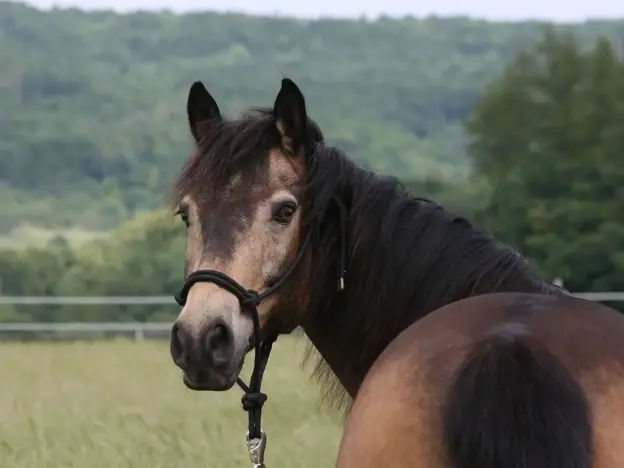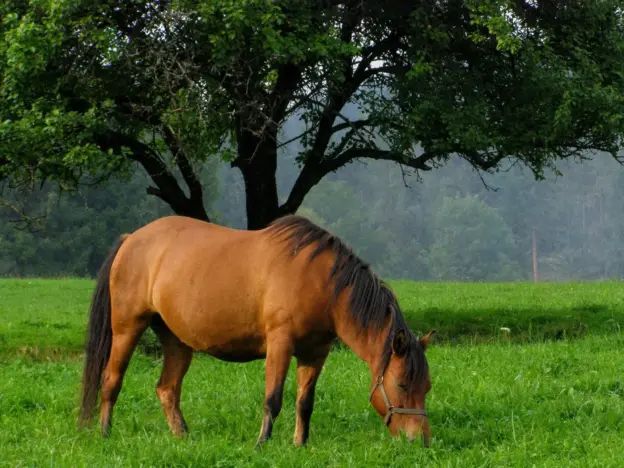Intro
Also called the Klepper, the Estonian Native is one of the few remaining breeds in this area that has effectively resisted the effects of cross breeding and retained the characteristics of a northern horse.
Read more

Also called the Klepper, the Estonian Native is one of the few remaining breeds in this area that has effectively resisted the effects of cross breeding and retained the characteristics of a northern horse.
Read more

The Dülmen Pony is the only remaining pony of German origin that has always lived in completely natural conditions. Mother Nature has formed this breed, not mankind. That alone makes them rare in the world of horse breeds, which have almost always been shaped by our needs.
Read more

This is a breed of small horse or large pony that comes from the Danube Delta in Romania. There are around 5,600 wild horses that live in the delta between the Sulina and the Chilli rivers.
Read more

Also called Cesky Teplokrevnik, the Czech Warmblood is an all around animal with a great deal of versatility. They are a popular warmblood and often exported as riding horses to western European countries,
Read more

The Connemara Pony originates in the Connemara region of western Ireland, for which they are named. This area has an inhospitable landscape and scarce forage, shaping these hardy ponies into a tough, robust breed.
Read more


The Chilote Pony is found on Chiloe Island off southern Chile, a largely undeveloped place. The Spaniards captured the island from the native people in 1567 and controlled it until early in the 19th century.
Read more

Also called the Hucul, Huculska, Hutsul, Huzul, Gutsul, Guculs and Guzuls, the Carpathian pony is a traditional Carpathian breed which is often referred to as the ancient one and comes from a region of eastern Carpathians that is now Romania.
Read more

Although the word tacky is often thought of as cheap, it was used to describe the Marsh Tacky simply because they were so common in the swampy areas of South Carolina and Georgia.
Read more

The Canadian Rustic Pony is a highly athletic animal that has recently seen an increased interest. They are the first horse breed developed in western Canada.
Read more